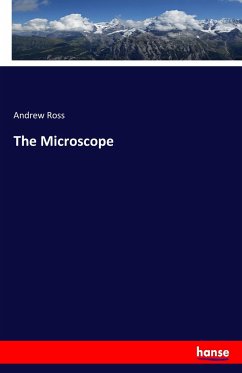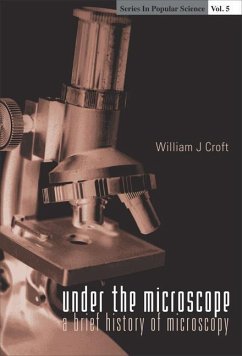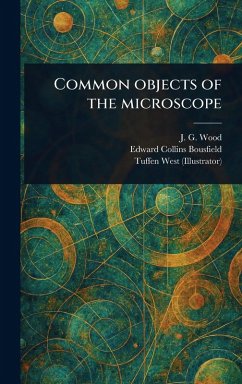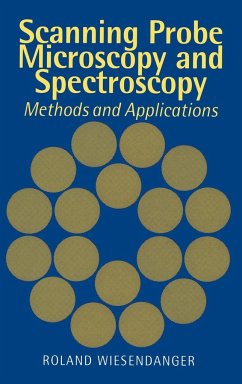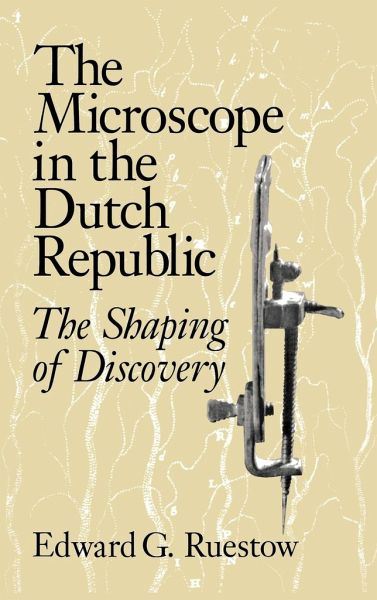
The Microscope in the Dutch Republic
The Shaping of Discovery

PAYBACK Punkte
58 °P sammeln!
Focusing on the two seventeenth-century pioneers of microscopic dicovery, the Dutchmen Jan Swammerdam and Antoni van Leewenhoek, Ruestow demonstrates that their uneasiness with their social circumstances spurred their discoveries. Though arguing that aspects of Dutch culture impeded serious research with the microscope, Ruestow also shows, however, that the culture of the period shaped how Swammerdam and Leewenhoek responded to what they saw through the lens. He concludes by emphasising how their early microscopic efforts differed from the institutionalised microscopic research that began in t...
Focusing on the two seventeenth-century pioneers of microscopic dicovery, the Dutchmen Jan Swammerdam and Antoni van Leewenhoek, Ruestow demonstrates that their uneasiness with their social circumstances spurred their discoveries. Though arguing that aspects of Dutch culture impeded serious research with the microscope, Ruestow also shows, however, that the culture of the period shaped how Swammerdam and Leewenhoek responded to what they saw through the lens. He concludes by emphasising how their early microscopic efforts differed from the institutionalised microscopic research that began in the nineteenth century.
Table of contents:
Introduction; 1. Of light, lenses and glass beads; 2. Seeming invitations; 3. Obstacles; 4. Discovery preempted; 5. Swammerdam; 6. Leeuwenhoek I: A clever burgher; 7. Leeuwenhoek II: Images and ideas; 8. Generation I: Turning against a tradition; 9. Generation II: The search for first beginnings; 10. A new world; Conclusion.
Focusing on the two seventeenth-century pioneers of microscopic dicovery, the Dutchmen Jan Swammerdam and Antoni van Leewenhoek, Ruestow demonstrates that their uneasiness with their social circumstances spurred their discoveries.
Ruestow examines the social unease that spurred the discoveries of the pioneers of microscopic research.
Table of contents:
Introduction; 1. Of light, lenses and glass beads; 2. Seeming invitations; 3. Obstacles; 4. Discovery preempted; 5. Swammerdam; 6. Leeuwenhoek I: A clever burgher; 7. Leeuwenhoek II: Images and ideas; 8. Generation I: Turning against a tradition; 9. Generation II: The search for first beginnings; 10. A new world; Conclusion.
Focusing on the two seventeenth-century pioneers of microscopic dicovery, the Dutchmen Jan Swammerdam and Antoni van Leewenhoek, Ruestow demonstrates that their uneasiness with their social circumstances spurred their discoveries.
Ruestow examines the social unease that spurred the discoveries of the pioneers of microscopic research.





